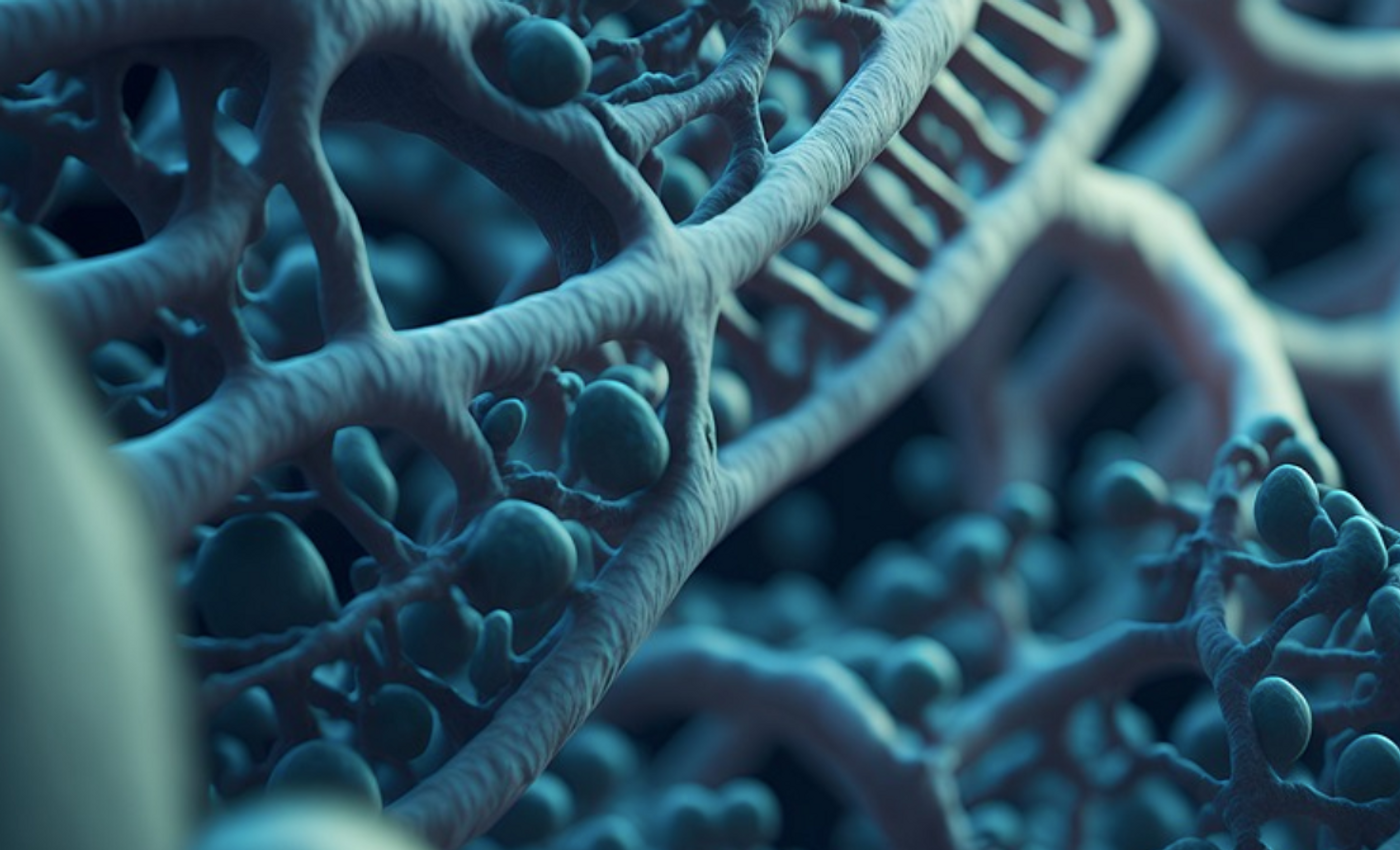Newly Revealed Protein Release Mechanism May be Universal
The human body has many important proteins, and insulin and mucin may be among the most crucial. Insulin is generated by beta cells in the pancreas, and regulates the level of glucose in blood, which is critical to survival. Special cells produce and release mucins, which are the primary component of mucus, a film that lubricates and protects many parts of the body like the digestive tract. About one liter of mucins are secreted by humans every day.
Scientists have now learned more about how the release of insulin and mucins is regulated, and this mechanism might be used for moving many other proteins. The findings have been reported in Nature Communications.
Proteins like insulin or mucin are stored in granules in cells. When they have to be released outside of the cell, the granules attach to the outer later or membrane of the cell, and the contents of the granules are then secreted. This research showed that a cell membrane protein called tetraspanin-8 functions as a gatekeeper that can decide when and whether granules of mucin or insulin will attach to the membrane.
Insulin levels have to be carefully controlled, and problems with insulin can lead to diabetes. And if too much or too little mucin is released, diseases of the respiratory and digestive tract, such as chronic obstructive pulmonary disease (COPD) or ulcerative colitis, can arise, noted first study author José Wojnacki, a postdoctoral researcher at the Center for Genomic Regulation.
The video above captures the granules that release mucins, shown as white dots, over 30 minutes. Normal cells releasing mucins can be seen on the left, while on the right, cells that lack tetraspanin-8 release twice as many mucins. When the cell coordinates the release of these proteins, granules that are already docked secrete their contents immediately, and a second group of granules releases them more slowly.
To release mucins and attach the granule to the membrane, the cell also needs a protein called syntaxin-2. Tetraspanin-8 can sequester syntaxin-2 to limit mucin release. But if tetraspanin-8 is gone, more syntaxin-2 is ready to help the granules attach to the membrane.
The study showed that insulin release happens in the same way, suggesting that this mechanism may be universal.
"Tetraspanin-8 is an easy target for developing chemicals to control its function and therefore a means to reset deregulated mucin and insulin secretion noted in the associated human pathologies," added corresponding study author and ICREA Research Professor Vivek Malhotra, researcher at the Centre for Genomic Regulation.
Sources: Center for Genomic Regulation, Nature Communications









